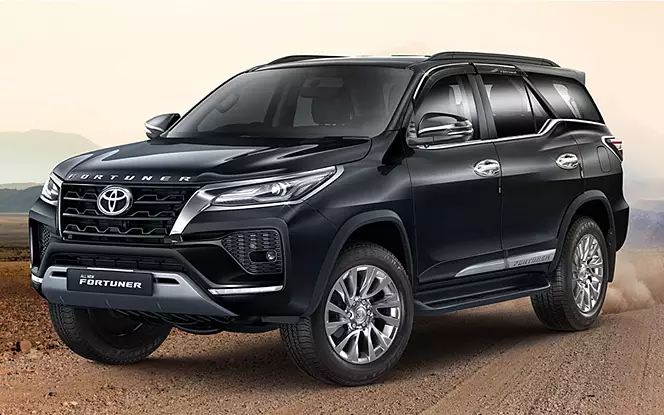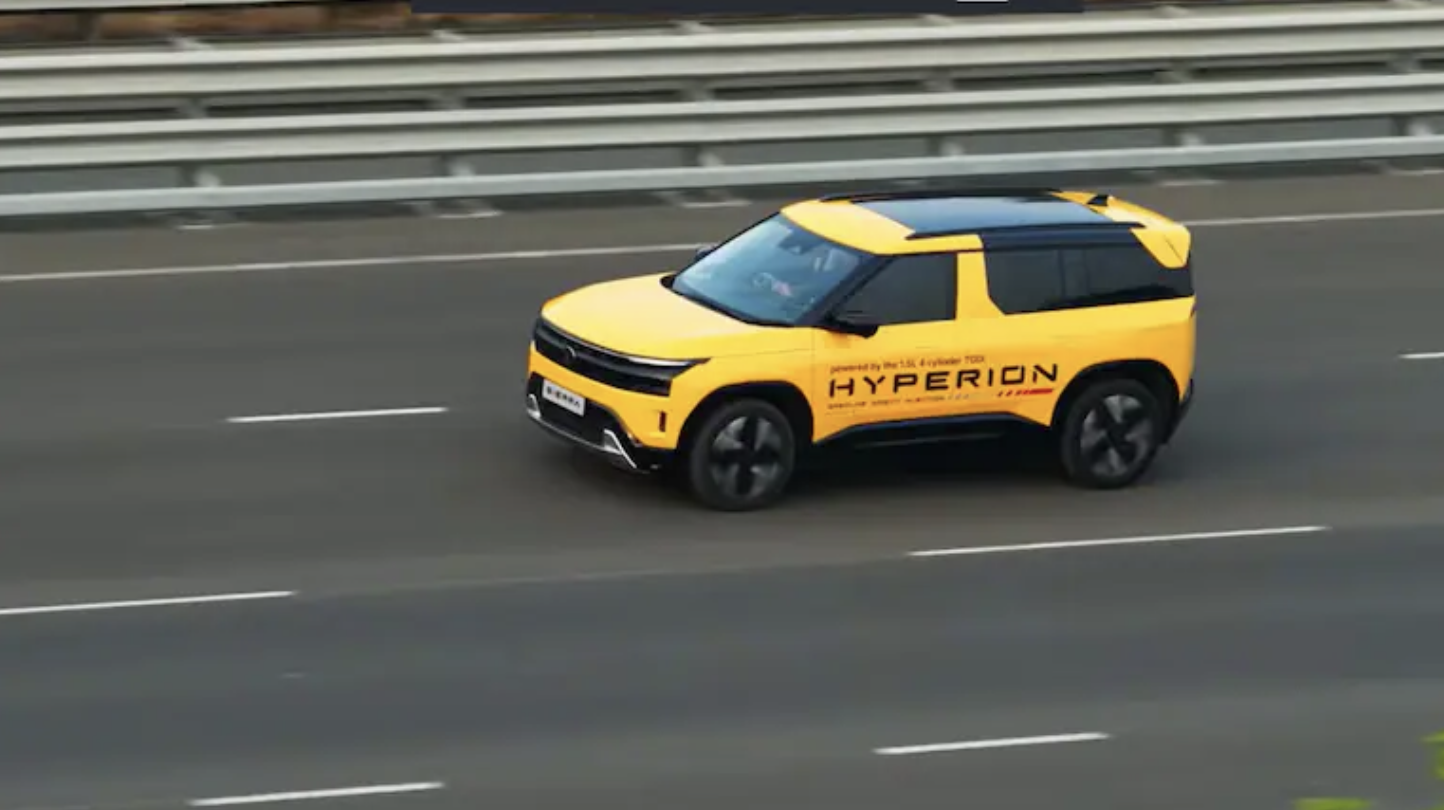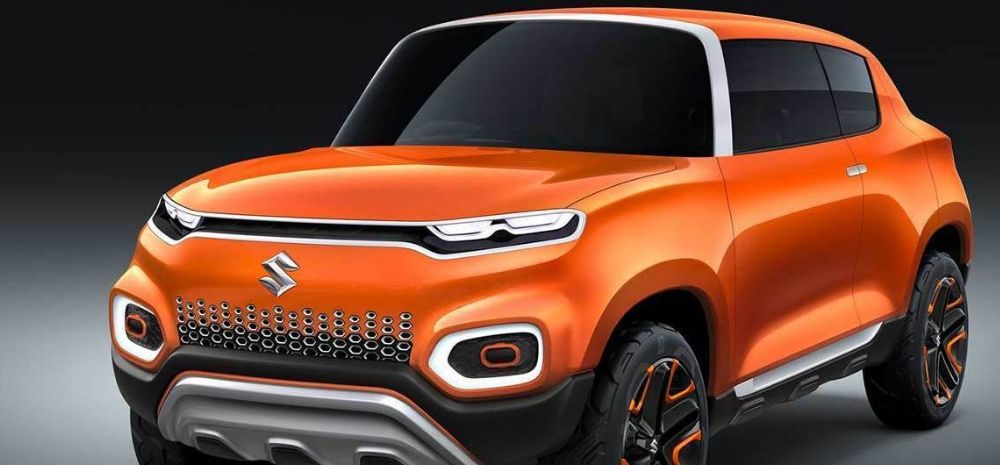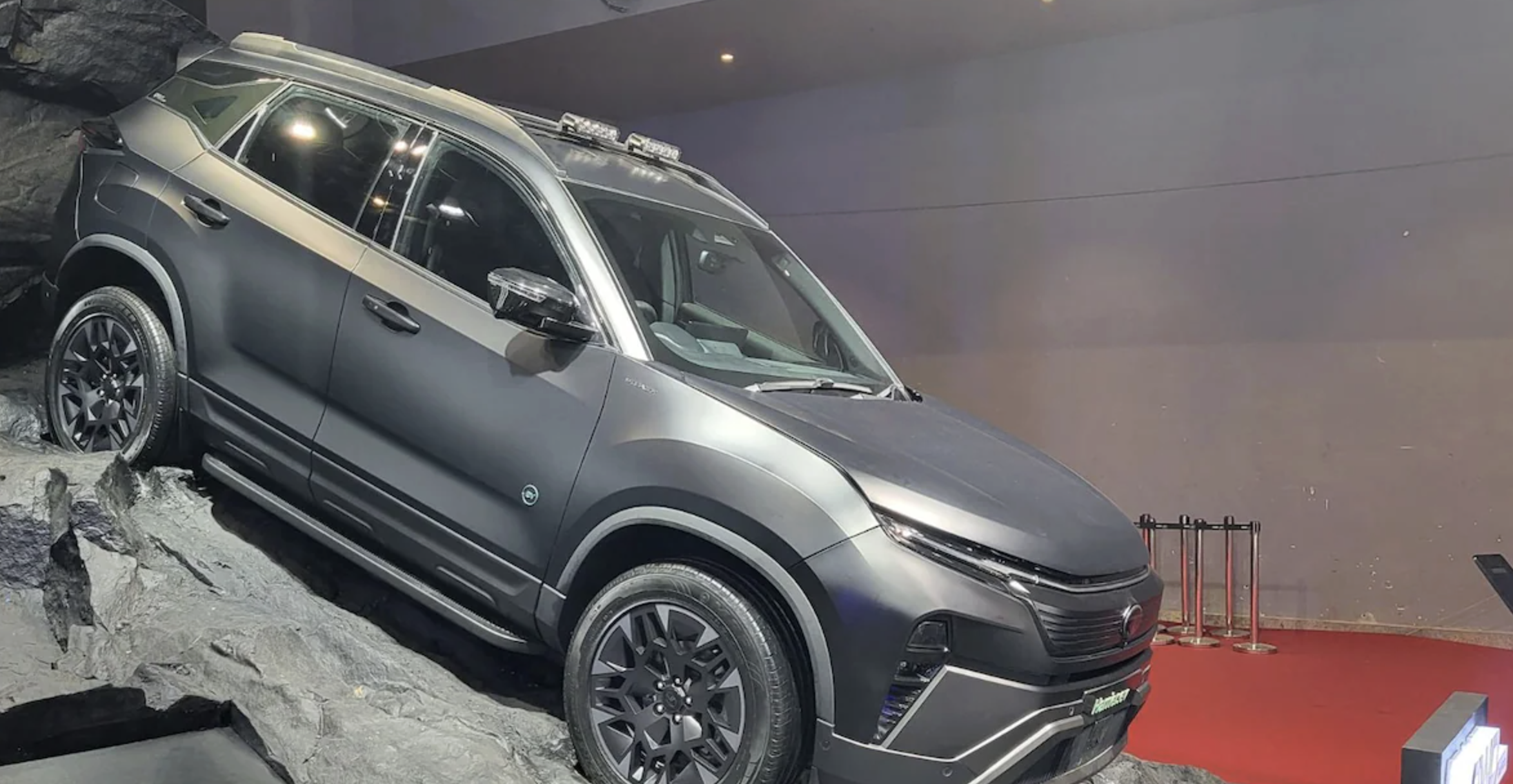As car prices soar globally, particularly in markets like India, understanding the breakdown of costs involved in purchasing a vehicle becomes essential. Contrary to popular belief, the lion’s share of the price paid by consumers doesn’t always go to the manufacturer. Let’s delve into the intricate details of how the proceeds from each car sale are distributed among manufacturers, dealerships, and government entities.

Manufacturer’s Share: Despite the hefty price tags attached to vehicles like the Toyota Fortuner, manufacturers earn a relatively modest amount per car sale. In the case of the Fortuner, Toyota earns a mere Rs 35,000-40,000 per unit, highlighting that the bulk of the purchase amount doesn’t directly contribute to the manufacturer’s coffers.
Dealership Commissions: Dealerships play a crucial role in the sales process and earn commissions ranging from 2.5-5 percent of the ex-showroom price for each car sold. For instance, a Toyota dealer could pocket around Rs 1 lakh for every Fortuner sold, showcasing the substantial earnings potential for dealerships.
Government Taxes and Levies: The government emerges as a major beneficiary of vehicle sales, with significant portions of the purchase amount allocated to various taxes and levies. In the case of the Fortuner, approximately Rs 13 lakh from the ex-showroom price contributes to government coffers through GST components, registration fees, road tax, and other charges.
Operating Profits of Manufacturers: Understanding the operating profits of car manufacturers provides insight into their financial viability. While manufacturers struggle to achieve substantial operating profits per car due to hefty government levies, Kia stands out with the highest operating profit per vehicle, followed by Maruti, Tata, and Hyundai.
Conclusion: The breakdown of proceeds from each car sale underscores the complex interplay between manufacturers, dealerships, and government entities in the automotive industry. Despite consumers’ perception that manufacturers earn the lion’s share, the reality paints a different picture, with dealerships and government entities reaping significant benefits from vehicle sales.














